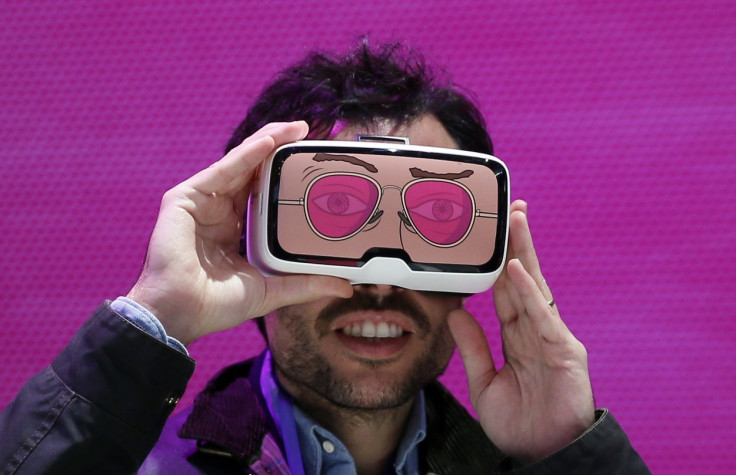The New Virtual Reality: ‘The Matrix’ in Real Life

It’s “The Matrix” in real life, “The Second Life”on a whole new super level. To those who haven’t seen the hit movie or played the virtual game, they share one important aspect: either through a machine or by plain online chat, human beings immerse themselves in another world where they can re-enact their fondest dreams. They become so caught up in the experience that this illusory landscape can appear to be more real or compelling than the real life world they left temporarily.
That’s how tech enthusiasts, more cautious observers and big-time investors out to capture a huge slice of the emerging Virtual Reality (VR) pie are calling its re-emergence in 2016. Newer, more user-friendly innovations like the Oculus Rift headsets, sensurround-driven gloves and a cloud-based streaming service have captured the attention of digital users. Beyond game buffs out to blast their next dozen zombies, the more visionary industrialists are exploring ways on how to tap it for their industries – and bring in a whole new shipload of customers.
In an interview with Wired, John Carmack, the chief technology officer of VR gaming company Oculus Rift, likened the appeal of VR to a genie that can provide even a poor person the luxurious life has always dreamed of. He said, “Virtual life can make it so anyone, anywhere, can have these experiences” – like a visit to Louvre in France, sunbathing in California, or just breathing fresh air in a pollution-free countryside. He added that the increasing affordability of smartphones can make the “desired experiences of the wealthy” can be “duplicated for a broader range of people.”
The headsets, goggles and sensurround gloves that make the visuals and sounds of the player are being reinvented to become less cumbersome. Added to this is that data-driven experience being funnelled into these devices might be stored in the cloud in the very near future, says Digital Trends. That means that processing will become faster and more efficient, making the experiences less disruptive and more powerful. Also on the side of VR are devices that make Internet connection constant, from network extender, like the ones from 5BARz International to high-powered Wi-Fi machines in remote and/or dense places, and power boosters.
Tourism itself may undergo its own renovation if it were to experience on a larger scale. ABC News reports how “Good Morning America” aired a VR-version of an African safari to millions of television viewers who did not have to wear goggles. Instead, the TV show had a 3-D camera that streamed the live footages of elephants, lions, zebras and gazelles running across wide swathes of grassland in Tanzania. Now imagine a more sophisticated version with VR users wearing the entire head-to-gloves equipment climbing up Mount Everest, swimming 20,000 leagues under the sea, or blasting off to the moon. The simulated experience would be similar to the real thing, but without the risks of drowning, losing oxygen or being chased by a predator.
VR companies today can certainly do virtual weddings more spectacular and more lifelike than the Hugh-Monika Jo wedding in 1994, revisited by Vice. The world’s first cyber-wedding had the bride and groom get married in a fantasy wedding in a pre-submerged Atlantis. Chariots brought them to the altar amidst the cheer of unreal crowds. A virtual company sponsored the wedding at the sum of US$1 million (AU$1.4 million). No matter how captivating, the wedding could only last for an hour as the headgears that the couple was wearing were too bulky and heavy. Hugh and Monika are still married today.
VR can also be used to treat health conditions like depression, as reported in the Post. Instead of talking to psychiatrists, patients can see for themselves their own virtual images walking, talking and moving as they do in real life. At the same time, they enter a younger body of themselves called their “virtual child.” At the end of the therapy session, their adult selves talk to their inner child about their problems, their situations and their possible solutions. Compassion, understanding, love and the knowledge that the user is talking to his own self have made the therapy productive.
All these are just the tip of the proverbial iceberg. VR executives themselves are still exploring this particular digital landscape. Google and Sony are just a few of the big players that are taking a good second look at investing in VR. Along with VR makers and customers alike, they believe as Facebook guru Mark Zuckerberg does. Wired paraphrases the forecast of the social media guru: “VR will become a part of the daily life for billions of people.”





















